Chikungunya Virus: What You Need to Know
Chikungunya is a viral infection spread by infected mosquitoes. While the infection is not fatal, the symptoms can cause severe pain and long-lasting effects. The most common symptoms appear 3-7 days after the bite and include joint pain/swelling, rash, fever, muscle pain and headache. There is no current vaccine or medicine to treat the virus and symptoms can last for months.
With over 1.7 million cases identified, Chikungunya is most commonly found in the countries of Europe, Asia, Africa, and the Indian and Pacific Oceans. However, the virus has spread to the United States. In 2013, the first local transmission of the Chikungunya virus was reported in the American tropics. Local transmission makes it possible for the virus to spread, via infected vectors to other areas and people.
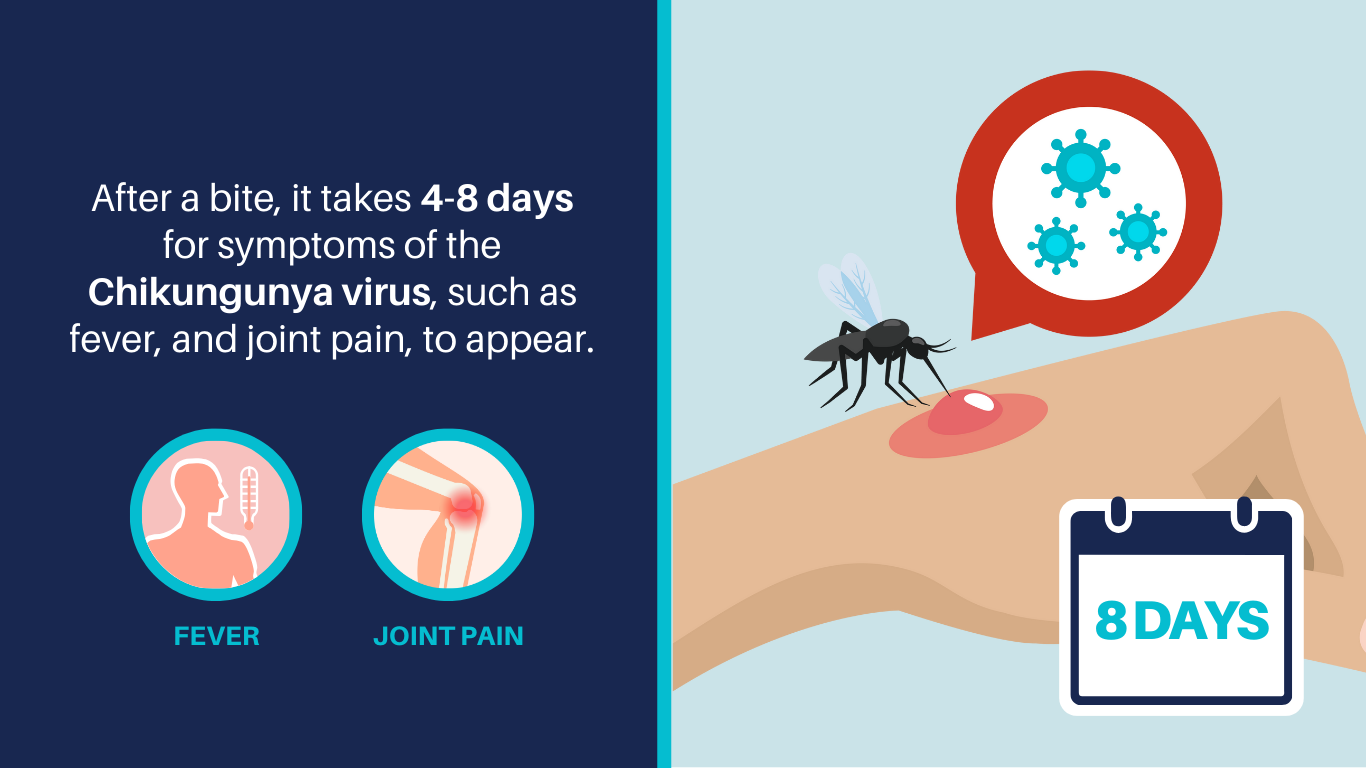
According to the CDC, Chikungunya began appearing among U.S. travelers returning from affected areas in the Americas in 2014, with local transmission identified in Florida, Texas, Puerto Rico, and the U.S. Virgin Islands. In 2015, Chikungunya became a nationally notifiable condition, and state and local health departments began reporting cases to the CDC using standard case definitions. Since 2019, there have been no reports of locally acquired Chikungunya cases in U.S. states or territories.
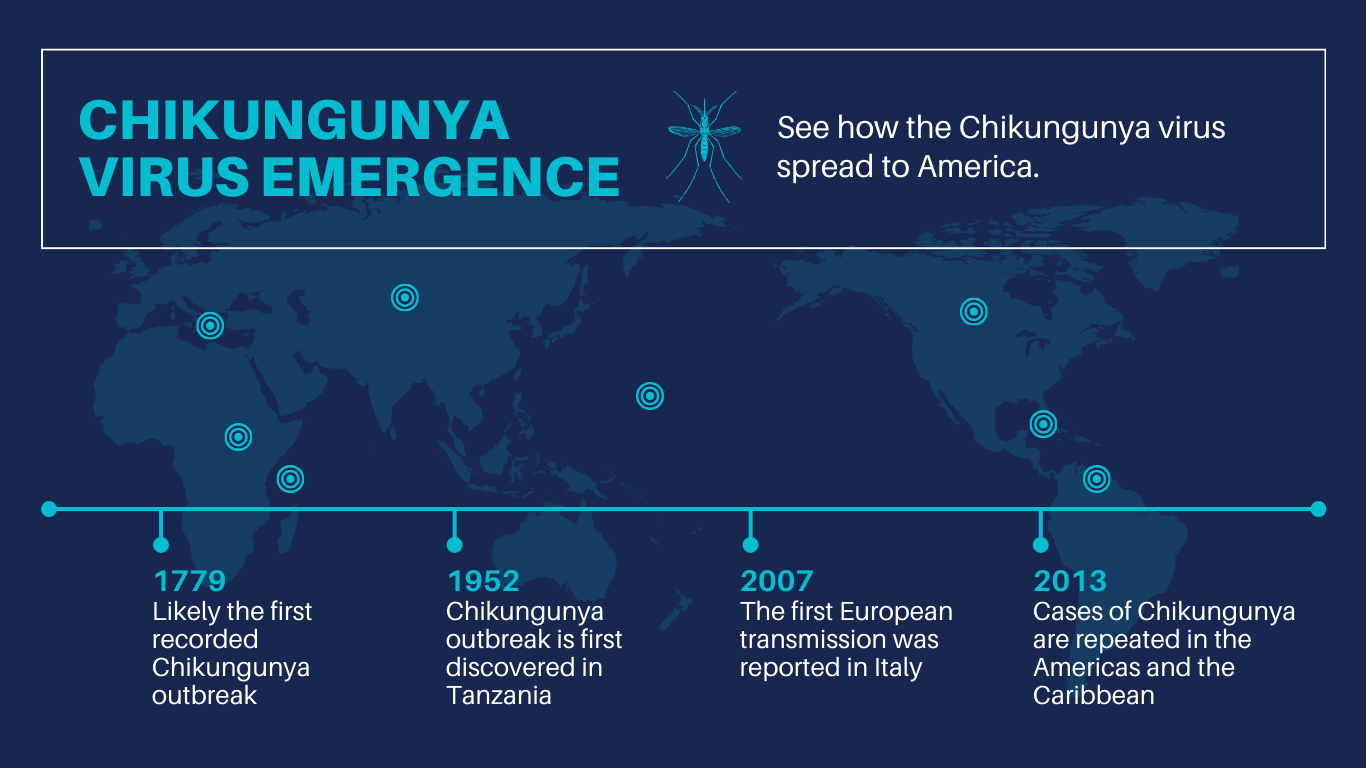
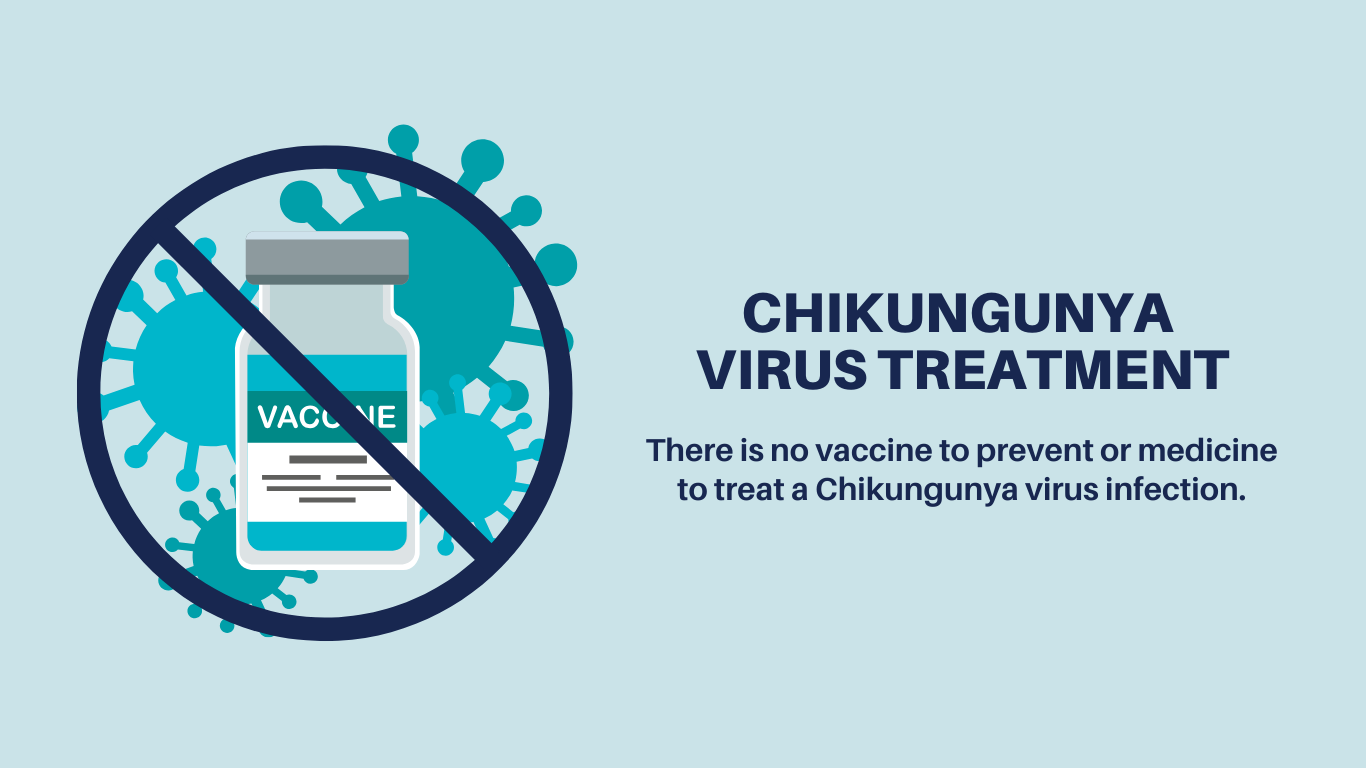
Chikungunya is transmitted by an infected mosquito to a human. The vectors that carry the virus are the same that carry dengue fever, the Aedes aegypti and Aedes albopictus. These mosquitoes are active day and night, so it is vital to always be protected. Follow these tips to prevent bites from occurring:
For residents in areas populated by an Aedes species, it’s ideal to remove artificial containers and to modify water holding features wherever possible to eliminate breeding sites. These potential breeding sites should be eliminated wherever possible, including in buckets, old tires, gutters, birdbaths, flower pots and more. Additionally, residents should protect themselves indoors with the use of air conditioning and properly maintained window screens, and outdoors with the use of mosquito repellents containing DEET or another active ingredient found in EPA-registered insect repellents, and loose-fitting clothing.
For mosquito control professionals, a comprehensive Integrated Mosquito Management (IMM) program can maximize the effectiveness of their control efforts. The IMM approach includes: larval and adult mosquito surveillance to monitor populations, arboviral testing to detect vector-borne diseases, source reduction to reduce standing water where possible, biological control incorporating native or introduced mosquito predators, the application of larval and adult mosquito control products, and public education.
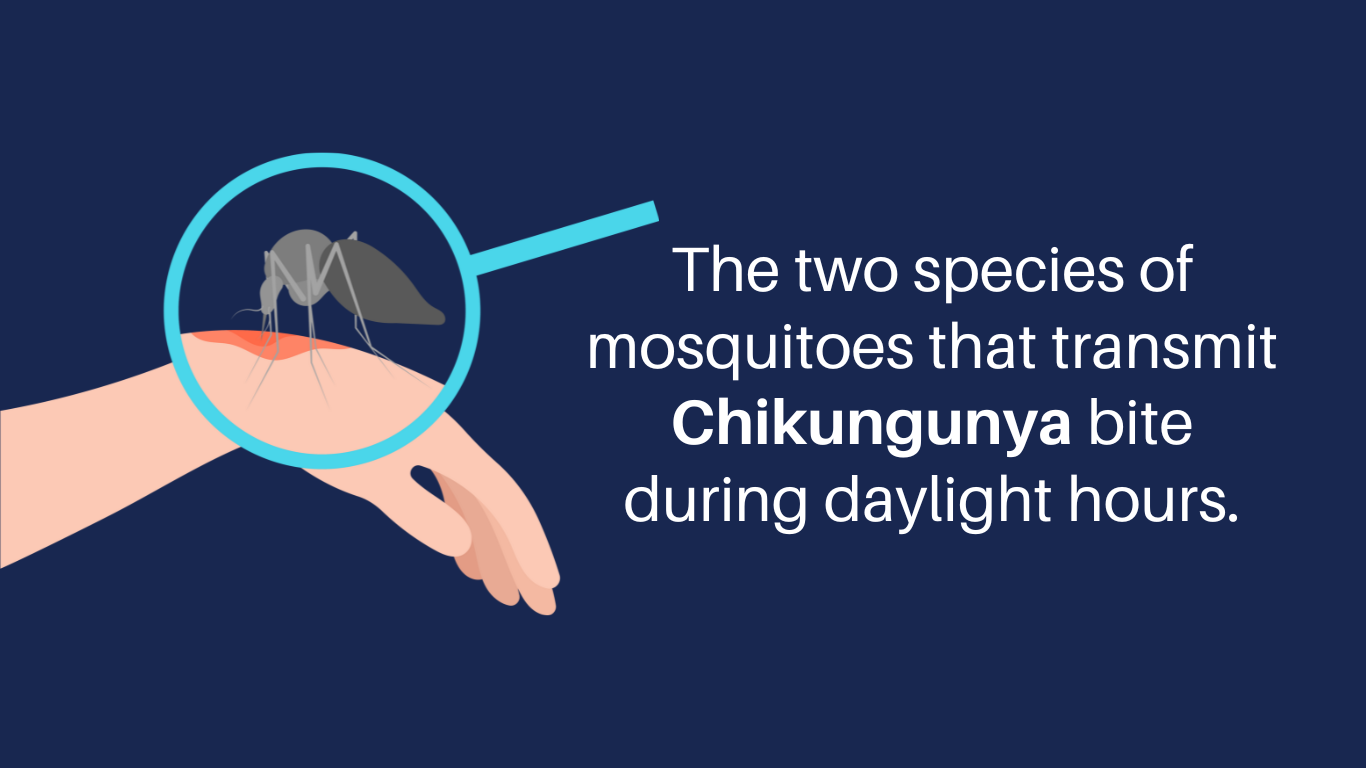
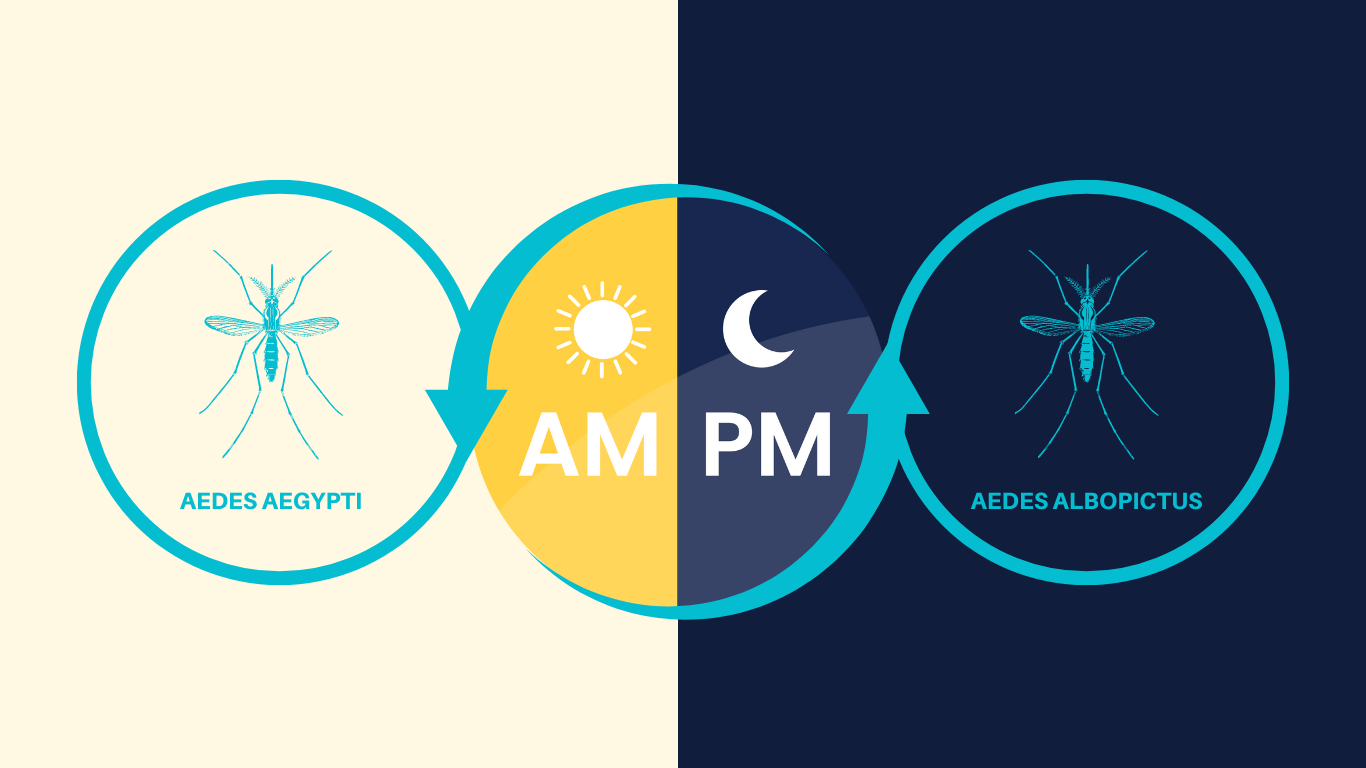
The use of larvicides is essential to controlling mosquitoes and potential disease outbreaks in comprehensive IMM programs. Altosid® larvicides are available in multiple formulations featuring (S)-methoprene, our pioneering Insect Growth Regulator (IGR) that stops mosquitoes from becoming breeding, biting adults without impacting non-target organisms. FourStar® microbial larvicides also offer control of mosquito larvae through the use of naturally occurring bacteria and a “dual action” release technology. Duplex™-G Larvicide delivers dual-active control through a combination of biorational control agent (S)-methoprene and biological control agent Bacillus thuringiensis subspecies israelensis (Bti) in a granular formulation.
Adulticides kill the fully developed adult mosquitoes that spread diseases and offer the quickest approach to reduce the size of mosquito populations. Central Life Sciences offers a full lineup of adulticides that provide quick, permanent knockdown and reliable control of adult mosquito populations.
Chikungunya, and other mosquito-borne diseases, can be a threat to public health, but one that can be minimized through effective vector control efforts.
For more information, contact a representative near you.






